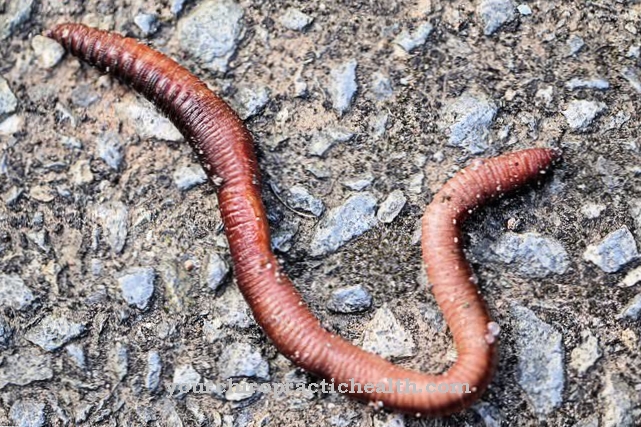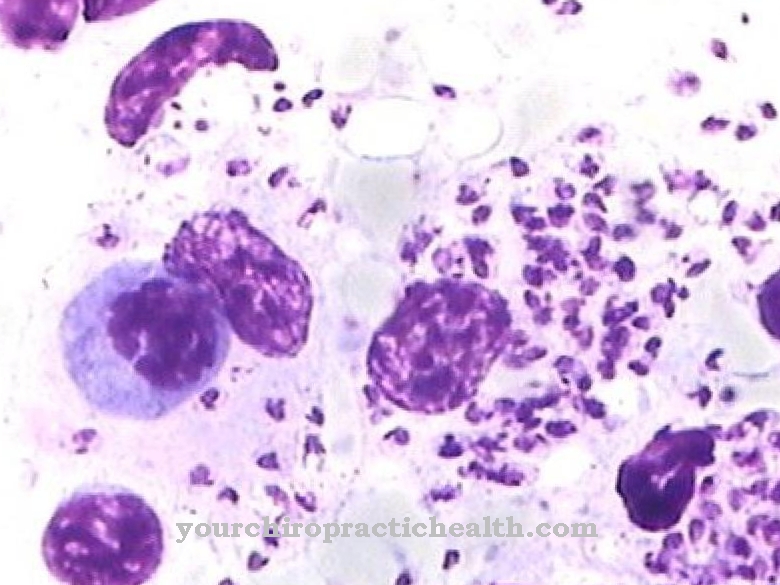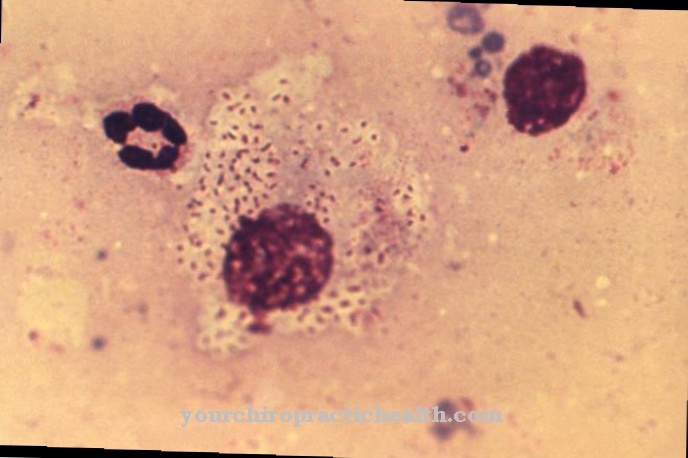Candida lusitaniae are a species of the yeast type Candida, which actually occurs as commensals in the human body, but can also cause infections if the immune system is weak. Fungemia, a form of sepsis (blood poisoning), can develop primarily from infections of the lungs. The opportunistic pathogenicity of the fungus species has been documented in connection with cancer patients undergoing chemotherapy.
What are Candida lusitaniae?
Ascomycota or ascomycota are a division of mushrooms that is divided into subdivisions like Saccharomycotina. This subdivision includes the class Saccharomycetes with orders such as the real yeast, the Saccharomycetales. The family of mushrooms Incertae sedis belongs to this order and includes the genus Candida.
Candida is a genus of yeast that is divided into different species. The genus includes around 150 species. Some of these species occur as commensals in the human body. Others are known to be pathogens causing fungal infections.
The Candida lusitaniae are a species of the yeast genus that has been associated with human pathogenicity since the 1970s. The species was isolated from patients with fungal sepsis between the late 1970s and the late 1990s. Like all Candida cells, cells of the yeast species Candida lusitaniae grow in the laboratory as large and round colonies with a white to cream color. Many yeasts of the type Candida only cause problems after a change in their living environment and then spread, whereby they grow through the skin and can get into the bloodstream. Candida lusitaniae are also considered to be opportunistic pathogens of this type, which do not necessarily become pathogenic agents.
Occurrence, Distribution & Properties
Many real yeasts grow through pseudohyphae or real hyphae, which have individual septa with different pores and cell walls made mainly of β-glucan. They only form chitin on the bud scars. In their asci they form one or more ascospores. Asci are formed from single cells or on the basis of simple ascophores. Mitotic and meiotic division takes place inside the intact nuclear envelope.
Candida is called a polymorphic fungus genus that occurs in different growth forms. As a rule, Candida species form so-called blastoconidia by sprouting. In addition, permanent spores or so-called chlamydospores occur, but not in Candida lusitaniae. Unlike many other yeasts, representatives of this type of yeast grow through individual yeast cells.
Basically, Candida is a harmless type of yeast that naturally grows ideally in the moist environment of the human and animal intestinal mucosa and in other warm and humid areas of the body, for example in the mouth, within the esophagus, in the vagina or on the skin.
Under certain circumstances, the yeast species becomes a pathogenic agent that is constantly evolving. The resulting mold can penetrate the skin or mucous membranes, pierce them and cause infections or get into the bloodstream, where sepsis can develop.
According to current scientific knowledge, a generalized Candida infection only affects people with a weakened immune system. A deficit of the immune system occurs physiologically in old age. However, diseases such as HIV or cancer can also weaken the immune system.
Candida lusitaniae have so far caused blood poisoning mainly in those patients whose immune system was weakened by a malignant cancer and chemotherapy. In immunocompromised patients, the immune system usually eliminates the yeast species as soon as it reaches the bloodstream and thus before it can multiply extremely.
Candida can theoretically be transmitted from host to host by smear infection. However, most infections are endogenous infections caused by commensals in your body that have gotten out of control.
Illnesses & ailments
The first symptoms of a candida infection are often relatively unspecific and consist of gas, gastrointestinal complaints such as constipation, abdominal cramps or bloating. Itching may occur at the site of the primary infection with Candida lusitaniae.
If the pathogens reach the bloodstream and spread through the blood throughout the body, then you have candida fungemia. It is a fungal sepsis in which the pathogens are repeatedly washed in bursts or continuously into the bloodstream and cause a systemic inflammatory reaction throughout the body. Therapy usually consists of amphotericin B in combination with flucytosine.
In people with healthy immune systems, the immune system intervenes and sets about eliminating the pathogens. Candida fungal sepsis therefore only affects immunocompromised people. The sepsis caused by the pathogen Candida lusitaniae was apparently observed more frequently after chemotherapy. Primary infections of the urinary tract, skin, lungs, hair, nails or other areas of the body are usually only observed in immunocompromised people.
The infestation causes the symptoms of mycosis. Mycoses are typically restricted to one part of the body or tissue, while systemic mycoses can affect several organ systems or the entire body. Mycoses of the mucous membranes are typical for fungi of the genus Candida. In this context, these are referred to as "weakness parasites" because they speak for a weak immune system.
The mycosis type manifests itself as a white coating with reddening of the mucous membranes as so-called thrush. Systemic blood poisoning with Candida lusitaniae is usually preceded by an infection of the lungs. In the course of the infection, the pathogens reach the blood via the lungs.
Within the first 20 years after the yeast species had been identified as the pathogen, only 30 cases of this type of sepsis were documented.























.jpg)



